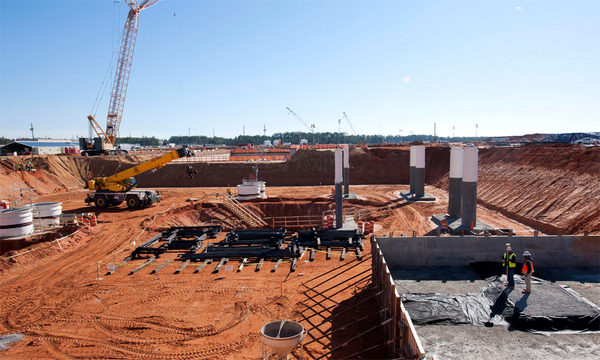Green Prefab to Help Builders Go Green
As far as simulations that hit close to home, nothing is likely to come closer than those of the building industry, where every detail can have profound effects on whether or not a building is good enough to be called “green.” Now, Green Prefab, a startup based out of Italy, is working with Microsoft Research Connections and the Royal Danish Academy to assist architects and builders in creating eco-friendly buildings.
 Their site, which is still in the prototyping stage, offers a cloud service that allows the builders to run simulations and 3D models of their blueprints. In doing so, they can test the impact that the building's energy expenditure, water consumption and even lighting will have on the environment.
Their site, which is still in the prototyping stage, offers a cloud service that allows the builders to run simulations and 3D models of their blueprints. In doing so, they can test the impact that the building's energy expenditure, water consumption and even lighting will have on the environment.
By offering the service through a public cloud, they hope their website will ultimately increase the number of eco-friendly buildings created in the future.
Renzo Taffarello, one of Green Prefab’s co-founders said, “In order to create buildings that are green, you need to define performance up front and choose the best materials and solutions upfront before going to construction. This means a lot of simulation. A lot of scenario testing. A lot of specific testing: wind performance, natural light and so on."
This is not the first time that something like this has been done. However, investing in the hardware necessary to run these simulations is often costly enough to be a barrier to entry for many builders. In response, companies like Autodesk have brought 3D modeling and simulation to the cloud already to aid in sustainable design. Similarly, Green Prefab allows architects and builders to access these distant servers, which is what makes them ideal for firms with smaller pockets.
Green Prefab is currently testing their modeling and simulation idea out with over 20,000 different architects and engineers in Italy, made possible by the Microsoft Azure cloud development, hosting, and management environment that's at the backbone of the project.
The Royal Danish Academy is also getting in on the action by using Green Prefab to run energy consumption simulations for buildings in the pre-construction phase. In one of their tests they compared the results from using the cloud to what they found using traditional methods. The results? Using the cloud only took three days compared to the 120+ that it would have taken normally. They also found more energy saving potential.
The biggest problem that Green Prefab is currently facing in this process is accommodating building codes that vary by location. Taffarello said, “It is actually not a big issue from a technology point of view. It is more difficult to put the codes together and localize everything.”
Currently, this service is in the testing stages. Green Prefab hopes to eventually release it so that any architect or engineer can use it for their construction projects.










